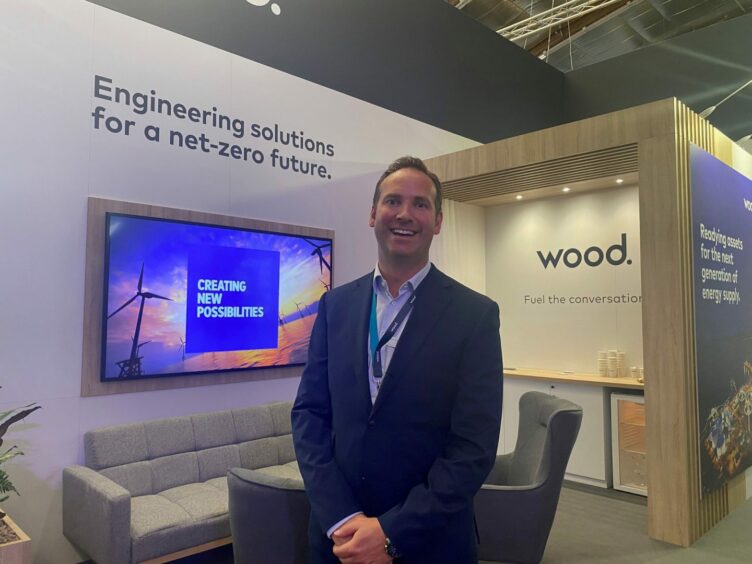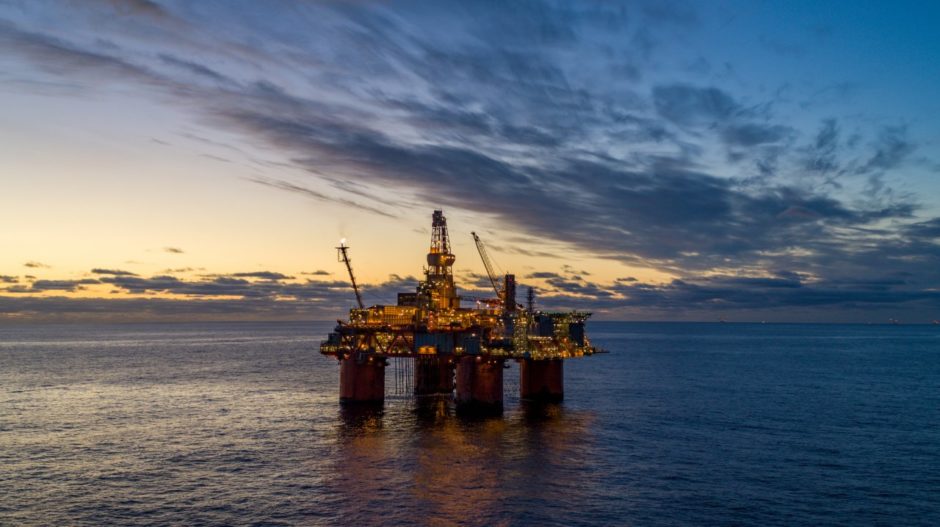
Aberdeen-headquartered Wood has hailed its $230 million business on the other side of the North Sea.
Revenues for Wood in Norway have tripled since 2018, with permanent headcount now at around 650 (including contractors, it’s around 1,000) which is up from around 350 permanent workers four years ago.
The London-listed firm said following a strategic plan, alongside market conditions, have delivered growth for the segment which has a similar, if smaller, portfolio to that of its Aberdeen base.
Some of the rise in recent years can be accounted for by a crucial master services agreement with Norwegian majority state-owned operator Equinor, which has recently added a fifth asset, Martin Linge, to the deal.
Other notable work for Equinor includes support for the hook up of the Hywind Tampen floating wind park to the Gullfaks and Snorr fields; helping power these platforms with renewable electricity.
Wood senior vice president for Norway, Lars Fredrik Bakke, said: “It is the strategic plans we had in 2017/18/19 which are now paying off. In 17./18 we positioned ourselves for study work which has now converted into engineering, procurement and construction projects later on.
“So it’s not only a market effect that has increased the revenue, it’s the strategic decisions we’ve taken over the last three or four years that have taken us into this position.”
Wood’s journey in Norway
Wood’s presence in Norway today is based on an acquisition in 2014 of Agility Projects AS, supporting subsea developments across the offshore sector, as well as onshore facilities like gas terminals and refineries.
It has, however, a long history tracing back to Norwegian shipbuilding and engineering firms and subsea designing.
Today, upstream remains the “bread and butter” of the business, accounting for around 60-65% of revenues, though diversification is a big part of the plans for coming years in areas like hydrogen, floating wind, and blue and green ammonia.
Mr Bakke said: “We’re using the core competence that we have from oil and gas to diversify and build the business. But we’re more focused on keeping it a sustainable, good business, and deliver good products, rather than exponential growth.”
Norway has plans to ramp up offshore wind to 30 gigawatts by 2040 to meet a rising demand for energy, meaning opportunities for Wood.
The floating wind projects, alongside knock-on developments elsewhere which require that green electricity, which Mr Bakke’s team can support.
He said: “I think the whole industry wants to do this, we want to use our competence to be part of that journey.
“For me it’s the secondary effects of that extra energy as much as the development itself. Because there are a lot of other opportunities within hydrogen and other industries as energy demand in Norway is rising.
“We live to deliver technical solutions to our clients, we deliver a lot of solutions to reduce the carbon footprints, but many of these solutions demand electric energy. So to get the shift going, it’s important that we also develop offshore wind and increase hydropower production.
“So there’s a need for energy to achieve those goals.”
Recommended for you


 © Bo B Randulff - Even Kleppa - Woldcam / Equinor ASA
© Bo B Randulff - Even Kleppa - Woldcam / Equinor ASA